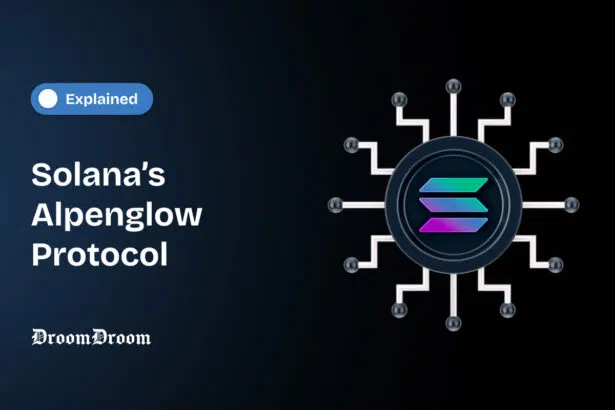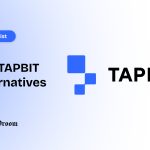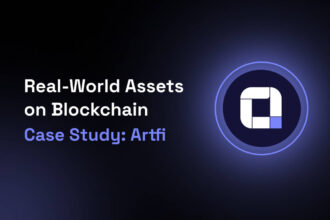Alpenglow is a revolutionary protocol in Solana that increases the speed of block finalization from 12.8 seconds to less than 150 milliseconds. As a result, blocks will be processed much faster and transactions could get much cheaper.
In this article, we will try to explain this protocol in an easy language and understand what Solana has been planning to defeat Ethereum in the game of speed.
Ethereum Pectra Upgrade Explained: How Ethereum Is Scaling for the Future
What is Solana’s Alpenglow Protocol? Brief Explanation
Solana’s Alpenglow Protocol is a hard fork which will revamp Solana’s consensus mechanism to reduce block finality by 99%. As a result, block time will reduce from current 12.8 seconds(max.) to a maximum of 150 milliseconds (estimated).
The protocol will move away from Solana’s Proof of History block stamps and create a new fixed block time of 400 milliseconds. Further, it will move away from Tower BFT, for Byzantine Fault Tolerance, (a method of verification) to the Rotor and Votor method which are based on Solana’s existing Turbine Architecture.
All the consensus activity of block fetching, propagation and validation will move off-chain which will further reduce block fees. To ensure the same level of security, each validator will have an lightweight on-chain certificate based on the BLS system to attest blocks.
The protocol is expected to be implemented around early to mid 2026.
BNB too is rapidly advancing in this game to finalize blocks faster, now at a sub-second rate.
The Need
After the Ethereum Pectra Upgrade and its improved block fetching protocol the need for a higher speed Solana Blockchain was felt. As Ethereum continues on its scaling journey towards Sharding, the need for low cost blockchains like Solana will die down unless these chains improve further.
Also, the Alpenglow Protocol seems to be a necessary step for Solana’s PayFi vision which could make the blockchain mainstream and replace several traditional finance payment systems.
With new users adopting crypto everyday, scaling is far more important than anything else to absorb those users.
How Does it Work?
The Alpenglow Protocol introduces two mechanisms called Rotor and Votor which will replace the Proof of History Consensus mechanism.
Solana has been using a Proof of History consensus since its creation in 2020. The mechanism synchronizes the entire blockchain to have a shared awareness of a single time. This time is then stamped on each block of the chain and acts as a proof of genuinity along with the Proof of Stake consensus.
Rotor
The Rotor Mechanism improves Solana’s block propagation using its existing Turbine Architecture. It uses a single relay model which finalized a block in one step, unlike the previous mechanism when multiple hops between a block proposer (the validator which creates the block) and the final validator were necessary to secure a block.
Votor
The Votor Mechanism on the other hand optimized Tower BFT (a verification and validation systems for blocks) to create a new type of consensus mechanism. The method finalizes a block if more than 80% of the consensus (total no of validators) approve the block within the first relay period (called round or epoch). Further, if the block has at least 60% approval in the first round and maintains the 60% rate in the second round too, the block is finalized. This prevents the need for multiple rounds of validation and cross-validation for blocks.
Result
The combined effect of these rotor and votor mechanisms means Solana gets block finality within 1% of the time as compared to Proof of History and TowerBFT which were used earlier. This mechanism not only improves speed but also cuts down costs for end users and platforms on Solana.
What is the 20+20 Tolerance?
According to the proponents of this protocol, the blockchain is safe even if 20% of the validators are compromised and another 20% become offline due to any reason.
Guide to Ensuring Safety at Web3 Events: Lessons from the ApeFest Incident
Benefits
Increased Block Speed
The blockchain is expected to witness a 100x increase in block speed from a maximum block time of 12.8 seconds to mere 150 milliseconds. Further, the block speed has been fixed at 400 milliseconds which means there will be near instant finality.
Here is a brief comparison of block speeds.
Cheaper Transactions
A faster block time would mean the blockchain can process more transactions per second, handle more demand, and therefore as the law of demand and supply suggests, the fee per transaction will reduce drastically.
Solana already has a very low fee per transaction, and the Alpenglow protocol will reduce it further.
Support for Scaling
The increased block speed and the increased rate of block finality will mean there is much more transaction throughput capacity for the same time. As a result, even if more dApps adopt Solana, there would be no network congestion.
Stepping Stone for PayFi
Solana along with other major projects has been working towards a payment processing technology called PayFi which creates a blockchain-based payment mechanism.
A fast blockchain is the core of such systems and the Alpenglow protocol is expected to establish instant finality.
Shortcomings
Reduced Tolerance for Exploits
The Alpenglow protocol appears to be compromising a lot on security. Despite its much touted 20+20 tolerance mechanism, it could reduce the level of safety in the blockchain.
Previously, even if the chain had 49% validators compromised, it could remain safe (51% rule). However, the current tolerance protocol seems to have brought that number down to 40%.




















